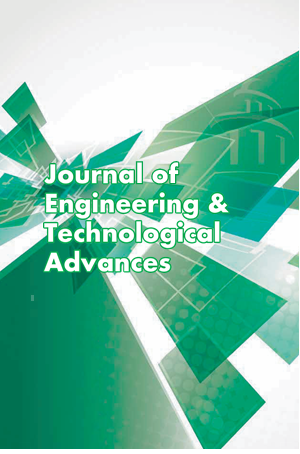Abstract
With the frequent occurrence of extreme rainfall events worldwide, the problem of floods and water disasters has become increasingly prominent. During the construction of engineering projects, it is necessary to fully analyze the situation of regional floods and water disasters, provide a basis for the design of flood control and drainage plans for the main project, and ensure the safety of project operation. Taking Beihai Airport Project in southern China as the study area, this paper analyzes the flood situation in the project area under the condition of 100-year return period design flood and the condition of 100-year return period design flood plus 100-year return period design rainstorm. Modelling results showed that the submerged depth within the site range from 0 to 1.32m, Distributed in the southwest, central, and eastern parts of the airport area. The tributary of Hougang River passes through the airport construction area, when encountering a 100-year flood, The flood will overflow the riverbank and enter the airport construction area. Flood prevention measures need to be considered during airport construction. This study provides a basis for the design of airport flood control and waterlogging drainage scheme, and also provides a reference for the analysis of waterlogging impact of similar projects.
References
Chen, P., & Zhao, J. (2022). Analysis of the origins and countermeasures for urban waterlogging caused by rainstorms. Journal of Catastrophology. 37(3). 33–60.
Ghaeini-Hessaroeyeh, M., Namin, M.M., & Fadaei-Kermani, E. (2022). 2-D dam-break flow modeling based on weighted average flux method. Iranian Journal of Science and Technology, Transactions of Civil Engineering. 46(2). 1515–1525. https://doi.org/10.1007/s40996-021-00708-6
Hasibuan, M.S., Widiatmaka, Tarigan, S.D., & Ambarwulan, W. (2022). Flood inundation distribution modelling for river boundary management in Cisadane sub-watershed. IOP Conference Series: Earth and Environmental Science. 1109(1). https://iopscience.iop.org/article/10.1088/1755-1315/1109/1/012087
Hosseinzadehtalaei, P., Ishadi, N.K., Tabari, H., & Willems, P. (2021). Climate change impact assessment on pluvial flooding using a distribution-based bias correction of regional climate model simulations. Journal of Hydrology. 598. 126239. https://doi.org/10.1016/j.jhydrol.2021.126239
Li, W. (2006). Hydraulic calculation manual. China: China Water Power Press.
Li, Y. (2021). Study on the characteristics of flood evolution due to dam breach of earth-rock dams in mountainous rivers (Master’s thesis). Chongqing: Chongqing Jiaotong University.
Min, L., Shan, X., & Jiaxin, J. (2022). Risk analysis and response to urban waterlogging caused by extreme rainstorms in Wuhan. China Flood & Drought Management. 32(9). 46–50.
Seyedashraf, O., Mehrabi, M., & Akhtari, A.A. (2018). Novel approach for dam break flow modeling using computational intelligence. Journal of Hydrology. 559. 1028–1038. https://doi.org/10.1016/j.jhydrol.2018.03.001
Wang, W., Qin, W., & Lin, H.L. (2015). A review and outlook on urban waterlogging research in China. Urban Issues. 10. 24–28.
Wanlin, H., & Zhen, W. (2022). Flood risk analysis in estuarine areas based on the Mike21 model. Technical Supervision in Water Resources. 7. 138–141.
Wei, H., Liyuan, Z., & Liu, J. (2022). Hydrodynamic modelling and flood risk analysis of urban catchments under multiple scenarios: A case study of Dongfeng canal district, Zhengzhou. International Journal of Environmental Research and Public Health. 22(19). 14630. https://doi.org/10.3390/ijerph192214630
Xueyao, L., & Cheng, G. (2019). Risk analysis of levee-break floods in small polder areas under different breach locations and forms. Water Resources and Power. 37(7). 46–121.
Yang, K., Hou, H., Li, Y., Chen, Y., Wang, L., Wang, P., & Tangao, H. (2022). Future urban waterlogging simulation based on LULC forecast model: A case study in Haining City, China. Sustainable Cities and Society. 81. 104167. https://doi.org/10.1016/j.scs.2022.104167

This work is licensed under a Creative Commons Attribution-NonCommercial-NoDerivatives 4.0 International License.
Copyright (c) 2025 Array

